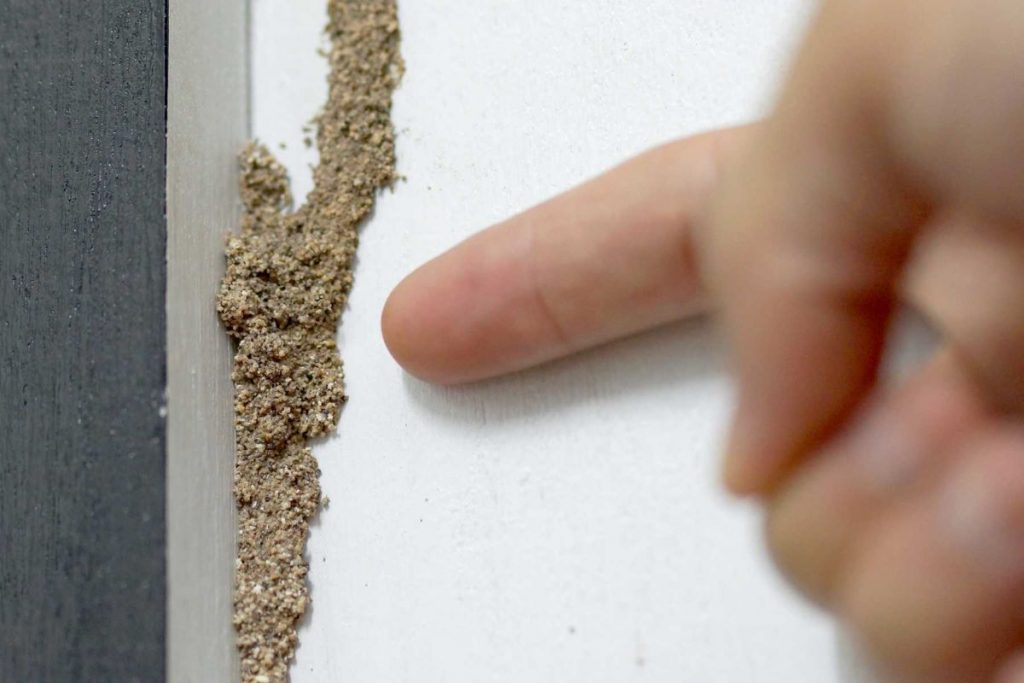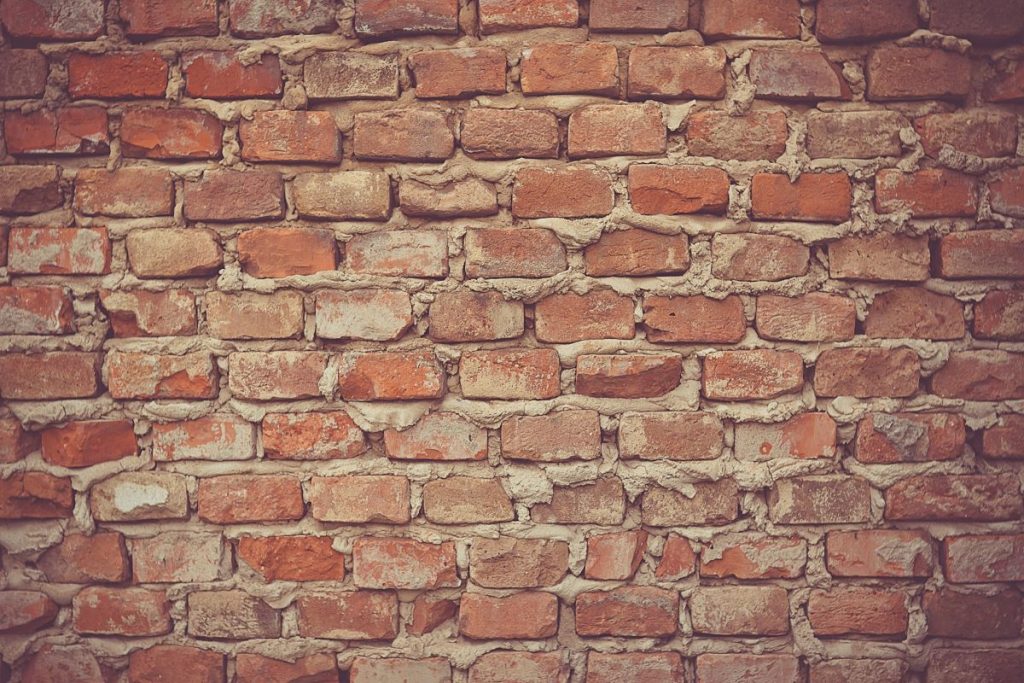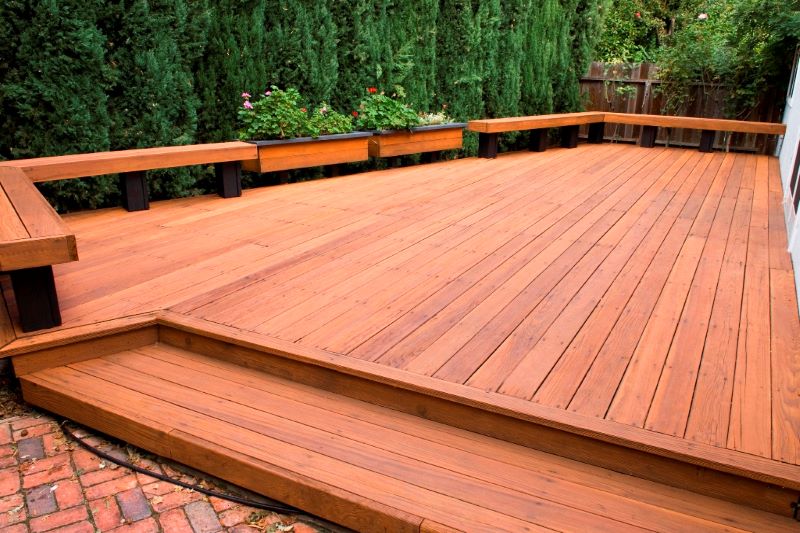Table of Contents
Before buying a home, property, or even renting a condo, it is important to check for water damage signs. Water damage can cause potential problems to the house as well as to the people living in it. Saturated water can damage the wall, rot the furniture and floors, cause mold to grow inside the insulation and upholsteries. Therefore, you must check for water damage before renting out, selling, or buying a property in order to avoid costly restoration work.
While you would want to overlook the initial stages of water damage, this could aggravate the damage further. For instance, an ignored leak could cause the entire wall or pipe to burst due to water pressure. Frozen pipes, leaking faucets, faulty plumbing systems, overflowing water, ice dams, floods, heavy rain, and basement floods are common causes for water damage.
A Stich in Time, Saves Nine
If you want to prevent hiring a water restoration services provider, you must familiarize yourself with the hot-spots in your home and identify water damage. While water damage can happen anywhere across the house, there are few hot spots or risky areas that you must periodically check.
Ensure you investigate the following areas before buying or renting the property.
The Walls
The walls are the first to be affected by water damage. And they cannot hide it either. Water damage across the walls looks like stains or blotches of water, swollen appearance, and flaking paints. It will more likely be visible near the washbasin, bathroom, and ceiling.
The drywall may crack from the water pressure, will be soft to touch, and may seem hollow or swollen. The corners of the ceilings and the paints are the first to come off.
The Floors
Water can seep through the subfloors and damage the ceiling of the floor below. Water damage can take place in any type of flooring. If the wooden floors start to buckle or warp, then there is existing water damage there. You must look around the basement floors for dampness, musty smell, and peeling walls. If the floor is bulging or warped, or if there are white or black stains on the walls, then it is due to clogged water.
The Basement
Basements are often ignored but they are the top risky area for water damage. Water in the basement can harm the entire foundation of the building, let alone the baseboards, floors, and furniture. Unpleasant odor, rust, black stains, and dampness are the common signs of a leaking basement. Faulty sump pump, poor rainwater drainage, or floods are common causes for water damage in the basement.
The Loft and Attic
Your house attics, especially the roof valleys are often exposed to severe rainfall and storm. Ice dams on the roofs can melt down into the attic and damage the insides. You must carefully inspect the attics and lofts of the property, particularly around the chimneys, roof vents, the flashings, and the roof valleys to identify potential water damage. Make sure the roof shingles are regularly changed, the rainwater drain is clear and free of debris and the insulation dry and in good shape.
The Outside Walls
Don’t forget to check the exteriors of the property. Curled roof shingles, damaged tiles, and missing flashings can instigate water damage. Standing water outside the house could also promote water damage, such as mold growth and mildew. Leaky gutters, poor drainage, the overfilled gutter could cause puddles outside the house. To prevent these problems, make sure your ground is sloped away from the main building.
Contact the nearest water restoration service provider and get your home thoroughly inspected if you think your house could be at risk.








